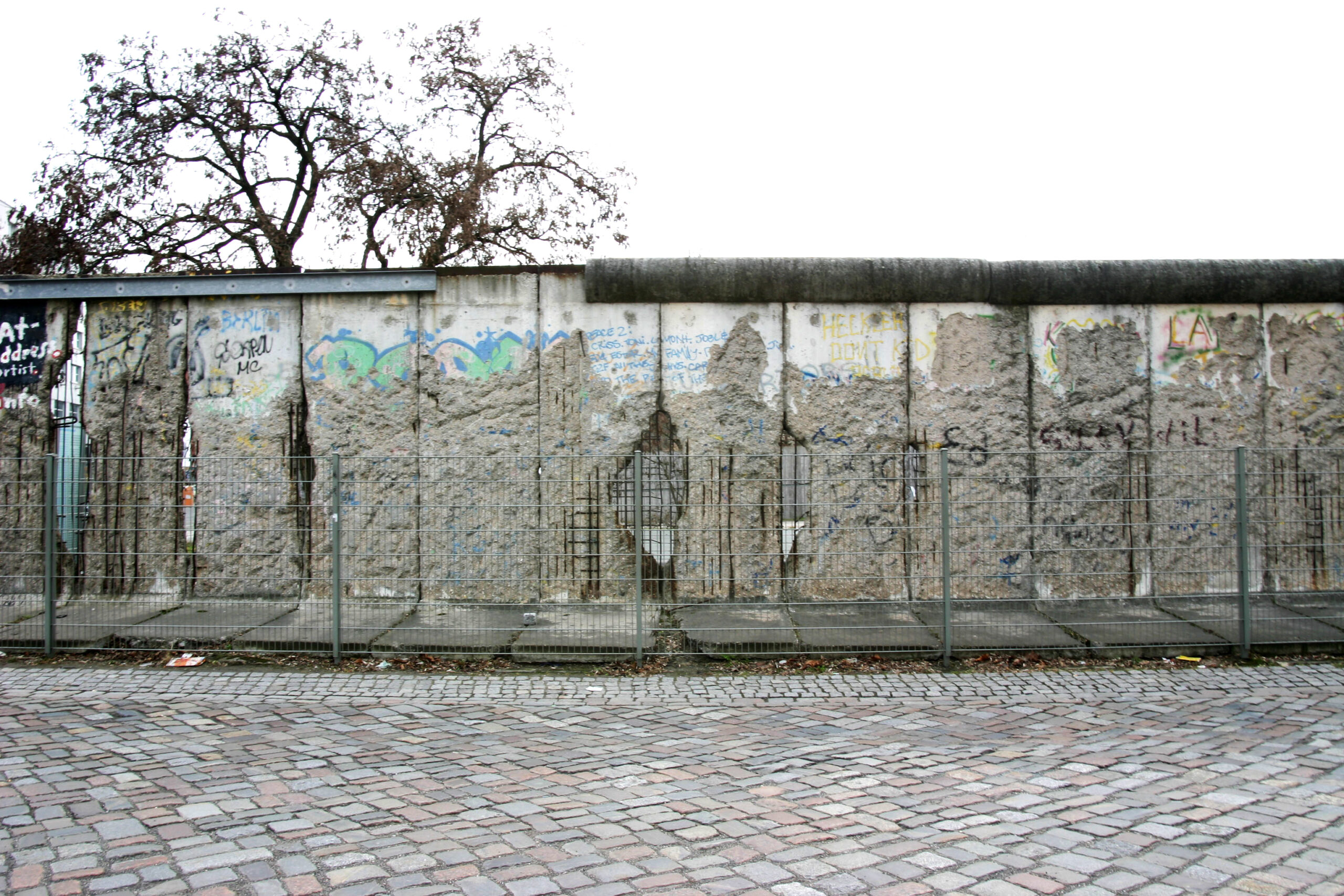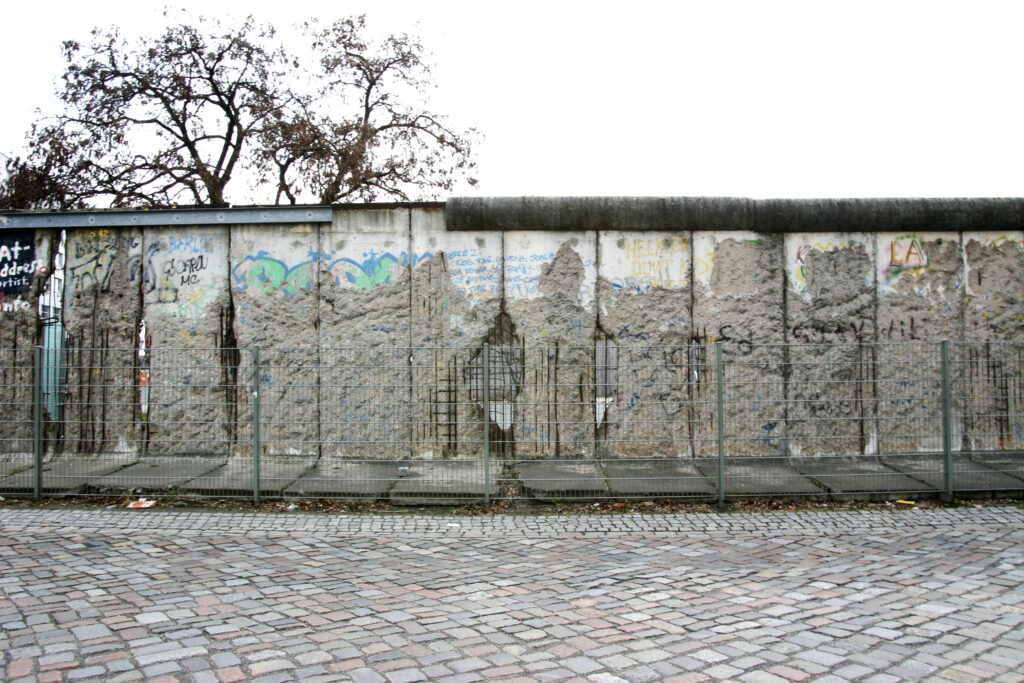On a chilly November night in 1989, the Berlin Wall unexpectedly came down. This pivotal event reshaped the world, inviting a deeper understanding of the forces that brought it down. But why did it happen?

Roots of the Wall
Constructed in 1961, the Berlin Wall was the physical embodiment of the ideological clash between capitalism and communism. It was born from the desperation of East Germany’s government to stop a mass exodus to the West.
Over the years, the wall not only confined East Germans but also became a global symbol of oppression, triggering a growing desire for freedom among the populace. This sentiment gradually undermined the wall’s purpose, setting the stage for its eventual collapse.
Political Changes in the Soviet Union
Mikhail Gorbachev’s ascent to power in 1985 marked a seismic shift in Soviet policies. His reforms, glasnost (openness) and perestroika (restructuring), aimed to revitalize the Soviet system but inadvertently loosened the strict controls that had been instrumental in maintaining the Eastern Bloc, including East Germany.
These reforms diminished the Soviet Union’s influence and emboldened East German citizens and reformist leaders to challenge their government’s stringent policies.
Civic Movements and Public Pressure
During the 1980s, various East German civic groups emerged, courageously demanding more freedom and rights. Churches and newly formed opposition groups became hubs for this burgeoning resistance. Notably, the peace prayers at Leipzig’s St. Nicholas Church swelled into massive, non-violent demonstrations.
By 1989, the weekly Monday demonstrations attracted tens of thousands, who chanted “We are the people!” This groundswell of civil activism was pivotal in applying pressure on the East German government to relax its restrictions.
The Night the Wall Fell
The evening of November 9, 1989, became a defining moment in history. A botched announcement by an East German official suggested that border restrictions were lifted immediately.
Caught unawares, border guards, overwhelmed by the surging crowds, opened the gates rather than risk violence. Spontaneous celebrations erupted as jubilant Germans from both East and West climbed the wall, their chisels and hammers ringing in a new era.
Aftermath and Reunification
The fall of the Berlin Wall was the first step toward German reunification, which was formally completed less than a year later, in October 1990.
This momentous event not only unified Germany but also symbolized the end of the Cold War and heralded a new order in Europe. As Germany healed its divisions, the world watched, hopeful for a future characterized by openness and unity.







